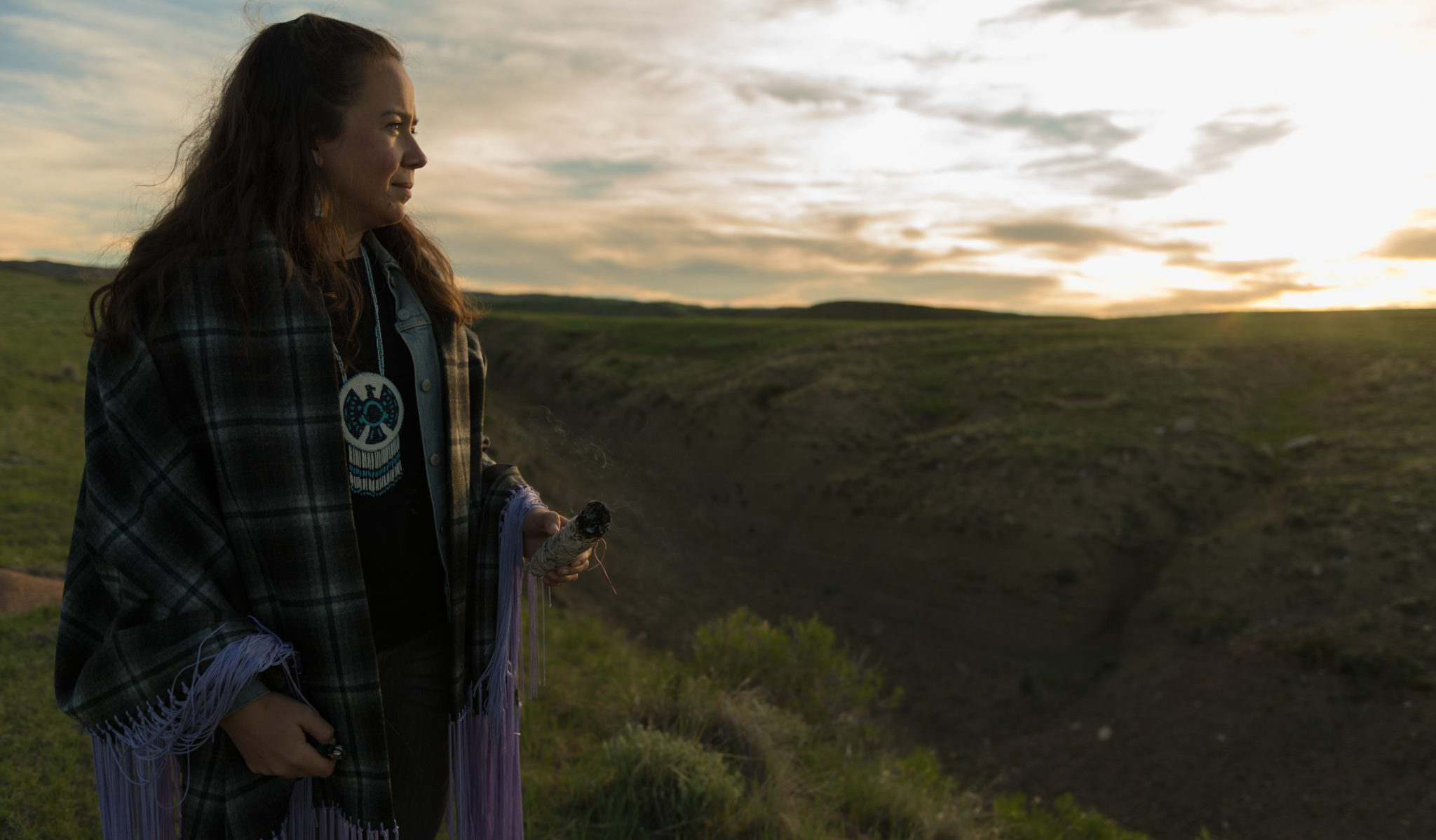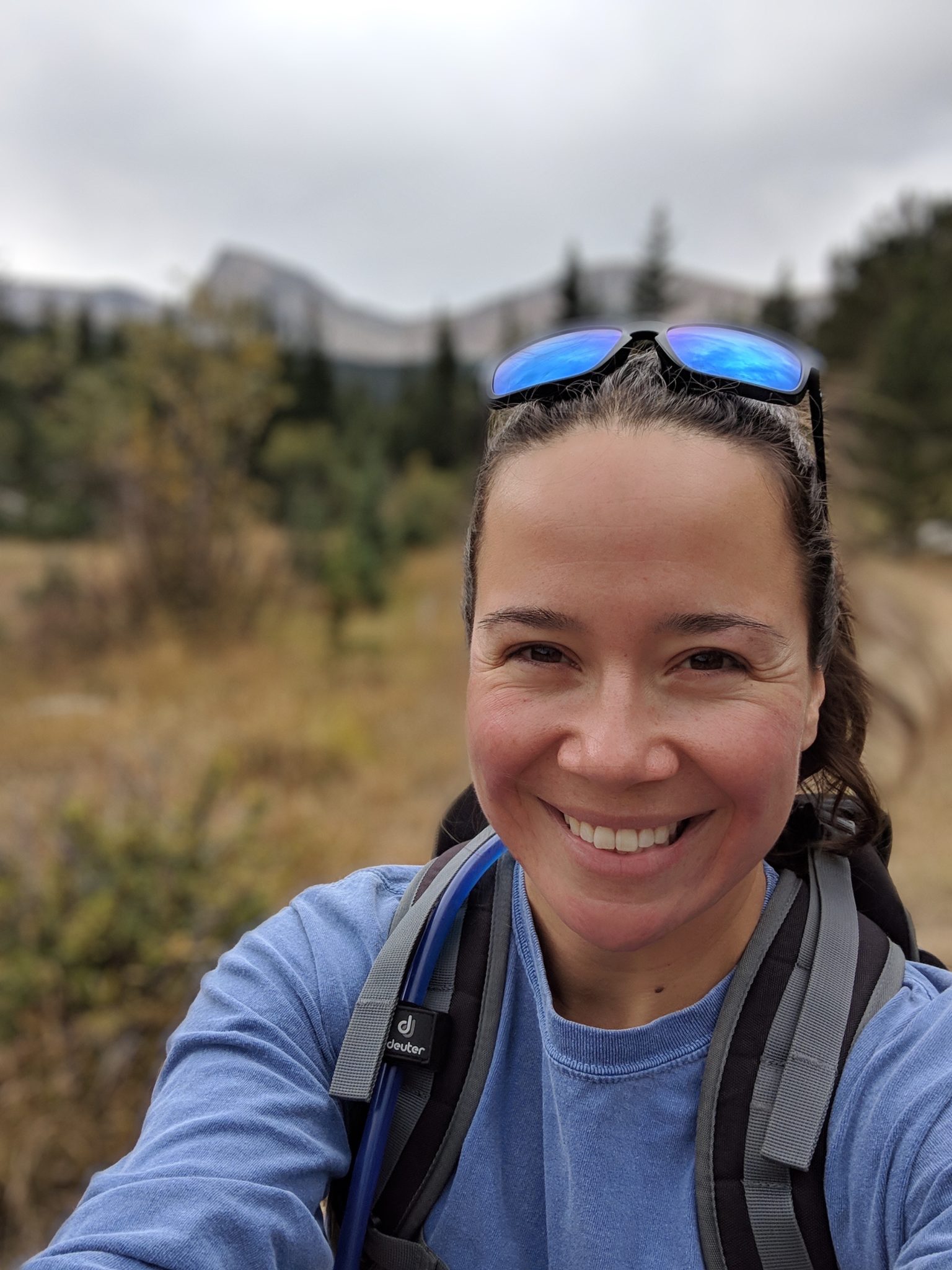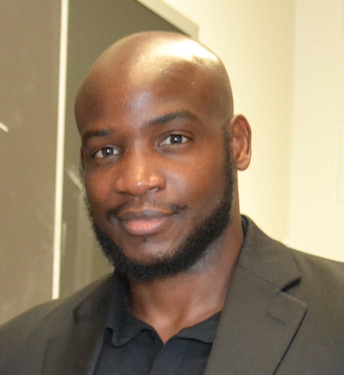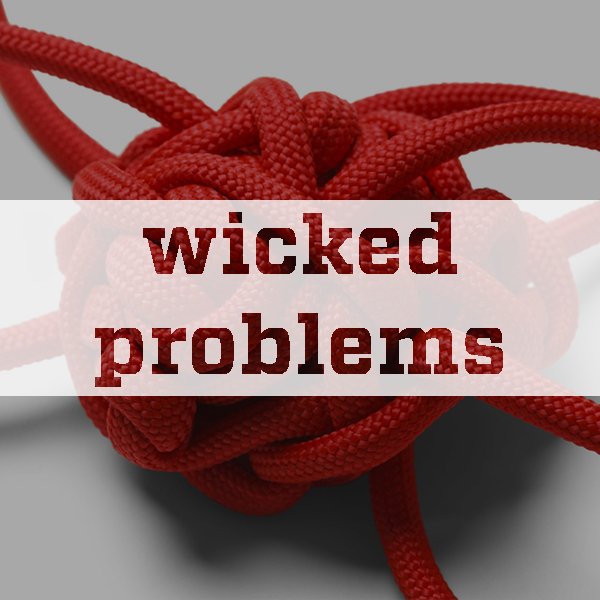
When Lindsey Schneider was in fourth grade, she learned from an antiquated history curriculum that the Indians of the American West lived in tipis and didn’t exist anymore.
Then her grandmother, a member of the Turtle Mountain Band of Chippewa Indians, took her to her first Pow Wow, and Schneider realized there was a disconnect between reality and what she was being taught.
“I remember thinking that something was not right here,” she recalls. “The people who should have the answers may not be presenting this accurately.”
As the only Native American at her Oregon school, she had no one to process that with, and thought no one would understand — or might give the incorrect answer — if she asked for help.
“So I dove into books,” Schneider says. “I read everything I could get my hands on.”

Lindsey Schneider, assistant professor of ethnic studies
Pride in identity
This summer, the assistant professor in Colorado State University’s Department of Ethnic Studies led an effort to give young Native Americans what she didn’t have growing up: a sense of community, a realization that even though they might be the only Native in their class, they have a support system and an identity they can be proud of.
Schneider’s story illuminates one of many ways that the faculty and students in CSU’s College of Liberal Arts ask questions about who is included and who is excluded, who benefits from our current systems and who suffers, addressing one of society’s most “wicked problems” of all: exclusion and racism.
“I think the ways in which the liberal arts understand wicked problems and approaches to solutions is important,” Schneider says. “Too often diversity issues are seen in a quantitative way, like we just need to add more people of color, and that will solve the problem. That might be part of the solution, but it’s also about addressing the systems and structures that created the problem in the first place.”
While it may be a lofty goal to eradicate racism completely, the tension lies in doing more than just acknowledging racism’s existence, doing more than just writing a note of support, doing more than, as Schneider says, adding more people of color. Since racism and exclusion based on race are real, what can we do about it? How do we change that?

“Too often diversity issues are seen in a quantitative way, like we just need to add more people of color, and that will solve the problem. That might be part of the solution, but it’s also about addressing the systems and structures that created the problem in the first place.”
– Lindsey Schneider
Virtual summer camp
With mentorship from ethnic studies Associate Professor Eric Ishiwata, Schneider spearheaded a weeklong STEAM (science, technology, engineering, arts and math) summer camp on Zoom in August, with 12 Native students in the Poudre School District between the ages of 6 and 16. She had learned in listening sessions with Native families earlier in the year that one of the main challenges these kids faced — in addition to conflicts around things like Halloween costumes, Thanksgiving celebrations and sport team mascots — was isolation. So Schneider and a group of Native CSU students and alumni held virtual sessions featuring guest speakers such as tribal elders and hands-on projects like taking walks to observe plants and animals in their neighborhood, or creating floral designs on tote bags.
“One kid went to school the next week and brought his moccasins with him for show and tell,” she says. “His parents said that’s not something he would have done before, so we did what we were trying to do, building pride in identity. Identity can be an important source of strength, but they need to see it that way.”
The Indigenous Science, Technology, Arts and Resilience Camp — supported by the PSD, Bohemian Foundation, CSU Access Center and Fort Collins Museum of Discovery — was aimed at building community and emphasizing the relationship among STEAM subjects, Native culture and connection to the land.
“I can’t change the fact that these kids are the only Natives in their class, but I hope they will be able to articulate why being Native is important to them,” Schneider says. “That’s something I can contribute to. Part of why I’m so invested in programs like this is I know what that’s like, and how hard that can be. We need to make sure they know it’s not all on them.”
 Overcoming racism
Overcoming racism
Associate Professor Megan Lewis, who started at CSU this fall as director of theatre, was born and raised in South Africa during apartheid. Whereas White people stick out in primarily Black South Africa, Lewis explains, in the United States White people are designed to be invisible.
“White people here don’t see themselves as raced,” she says. “The idea in the U.S. is that Whites aren’t people socialized or determined by race.”
And therein lies the problem: All other people are judged by what is seemingly the neutral race, thereby creating a difficult understanding of and conversation around Whiteness as a racial and social construct.
As a White girl growing up in South Africa, Lewis was indoctrinated into racist thinking.
“I was raised a racist, in a racist, hierarchically charged system,” she says, adding that a history course in college helped her come to that conclusion. “I realized that my entire culture was designed to protect little White girls like me at the expense of my Black and Brown brothers and sisters. And I’ve spent my whole career fighting such racist frames and processing what Whiteness and White supremacy mean.”
She uses her own background in the classroom, too, challenging students to get comfortable talking about issues of race and racism.
“I model for them that as a recovering racist, this work is ongoing and requires a willingness to learn and change and reflect,” Lewis says. “Racism is definitely a wicked problem. The reality is that both countries I’ve lived in are inherently racist. Both South Africa and the U.S. enslaved and segregated people, and both have to reckon with that legacy.”

“I realized that my entire culture was designed to protect little White girls like me at the expense of my Black and Brown brothers and sisters. And I’ve spent my whole career fighting such racist frames and processing what Whiteness and White supremacy mean.”
– Megan Lewis, associate professor and director of theater
Mutual humanity
Now as an educator and artist, she’s driven by the African philosophy of Ubuntu, which is expressed by the phrase, “I am because we are,” Lewis says. “We do not exist in vacuums, we exist in mutual humanity with each other. And our young people are actually way ahead of the rest of us in rethinking these categories of identity.”
She tells her students that it’s OK to talk openly about things that are awkward for White people, like being afraid to say the wrong thing or ask the “stupid questions” around people of other ethnicities. Lewis says she encourages students to examine themselves and their own behaviors, as well as engage with others who are different.
“The more I can speak with people of color and be OK with being called out, having egg on my face, and saying, ‘I didn’t know, I’m sorry, I’m working to change,’ the better,” she says. “The solution to racist thinking is to know people who are different from you, and talk to them. It’s about listening … and learning.”
Lewis says participating in or witnessing live theatre and other performing arts can be great ways to have shared experiences that cross all of our perceived lines and boundaries, reminding us of our mutual humanity.
“Theatre is a space where we can build community,” she notes. “Actors put themselves in other people’s shoes and feel what their characters experience. And there’s something about watching live performance that lets us reach across differences. Look at what music, dance and theatre can do to unite us and move us.”
Lewis says addressing the wicked problem of racism requires the broad recognition that there’s a problem. And it requires more than lip service. “It’s not something that’s going to happen overnight, and people join the conversation at different times, and on their own terms,” she concludes. “But we need to examine the system we’ve been operating in. Do we want to perpetuate these inequalities, or are we really willing to make personal — and systemic — change?”
More action, less talk
Making concrete change is what Guy Numa, an assistant professor in the Department of Economics, is passionate about. He serves on the board of the National Economic Association, formerly known as the Caucus of Black Economists, and he noticed that after the killing of George Floyd in Minneapolis in May, lots of corporations and professional organizations rushed to put out statements and reached out to the NEA seeking solidarity with Blacks in the field of economics.
“It almost became a marketing campaign,” Numa says. “We welcome that effort, but we believe it should go beyond that. What I notice is that even though the discussion starts, it never leads to concrete actions. After a few weeks or months, there is rarely action to follow up on the words.”
He cites a quote by Desmond Tutu: “If you are neutral in situations of injustice, you are on the side of the oppressor.” And by Martin Luther King, Jr.: “In the end, we will not remember the words of our enemies, but the silence of our friends.”
Numa explains that the percentage of Black faculty at colleges and universities — especially in the field of economics — is typically lower than the percentage of Blacks in the student body or the general population. Surveys have shown that nearly half of Black economists report discrimination in their jobs, and that significant percentages of minority college students also report being treated unfairly as well.
According to Numa, those in positions of power are often afraid that they’ll have to relinquish some of their privilege if they try to improve the lives of the less fortunate.
“There is fear that enhancing the situation for others would be to the detriment of those who have power,” Numa says. “But I don’t think it’s a zero-sum game. How do you remedy this without appearing as if you’re pushing someone down to bring someone else up?”

“What I notice is that even though the discussion starts, it never leads to concrete actions. After a few weeks or months, there is rarely action to follow up on the words.”
– Guy Numa, assistant professor of economics
Elevating all families
One of his economic solutions is to address the fact that the average White family has 10 times the wealth of the average Black family, and eight times the average of a Latinx family. Numa and his colleague Darrick Hamilton of The New School in New York argue for the concept of “baby bonds.”
Baby bonds, which were part of the platform of former Democratic presidential candidate Sen. Cory Booker, are trust accounts that would be given to all newborns at birth, with larger amounts given to those in low-income families. Numa explains that if the accounts were $25,000 on average, at 2% interest, by the time the baby grew old enough, released assets could be used for a college education, to start a business or buy a home.
Even though the amounts of the trust accounts would be based on income, not race, he says, the effort would naturally help elevate the economic status of minority families since a higher percentage of them are considered low-income. It would not bring down the income of the wealthy, Numa notes, and it would cost about $100 billion a year, which is only 2% of annual federal expenditures and is dwarfed by the amount being proposed for a COVID-19 relief bill.
“If the federal government can find $2 trillion or $3 trillion for pandemic relief, they can find $100 billion, and it wouldn’t take away anyone’s privilege,” he says. “The tax breaks given every year greatly outweigh a program like this. We can start with simple measures that can make people feel included from the start — there are no losers in that type of program.”
Numa agrees that racism is indeed a provocative wicked problem, but the liberal arts provide possible solutions — if people are willing to put action behind their words.
“This is a wonderful opportunity to jump-start the discussion, and hopefully some good comes of it,” he says. “It’s about having the determination to tackle this issue and move beyond a simple conversation.”

This story is part of a series of articles from the College of Liberal Arts exploring the Gordian Knot of wicked problems within the realms of democratic institutions and civic engagement; race, diversity, and inclusion; environment and sustainability; and globalization and global perspective.